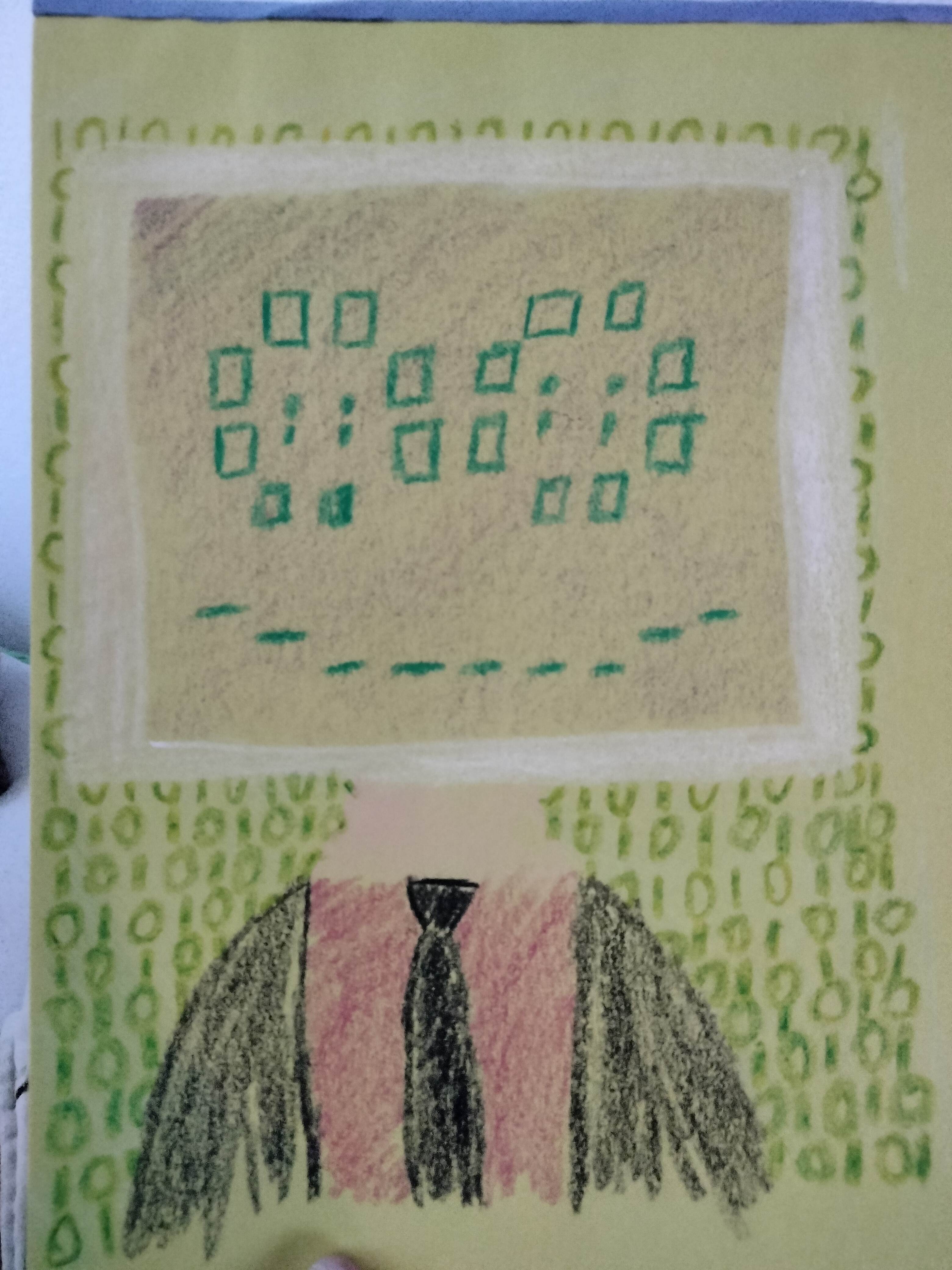I can destroy 99% of cancer cells in a lab using a hammer. The important part is whether you can do the same in a person without killing them.

Or fire.
Or bleach. I can destroy 100% of cancer cells in vitro with a common household chemical that only costs pennies!
To be honest, when I read the title I wondered if fire is what they were referring to. After all, heat is basically just particles bumping around… could be described as vibrating.
First thing that came to mind.
This paper refers to neither a common drug, nor vitamin. And if you’d read the paper, which is still in ‘prepublication’, you may have noticed that it refers to a novel process. Patients are generally, in my clinical experience averse to being placed in fires AND to being shot, even therapeutically. So I have to ask, is your purpose to promote XKCD? A Nobel pursuit, as far as I can tell. Or to sow discord in a scientific discussion? Which is annoying at best.
The test was done on mice where half of them ended cancer free and I assume survived.
No lab mice survive the lab unfortunately.
They only have to survive the experiment
Shouldn’t have been so tasty.
But everything works in mice.
To be fair they only live a couple of years anyway.
:(
You’d think that it would be a might difficult getting a hammer into a body, but I salute you.
You don’t need to. Just keep hammering away until you reach the cancer. Phase II trials start soon.
^Need volunteers.
I volunteer my biological father, I can remove his limbs with a turn of the century brass blowtorch if that helps the experiment.
I would argue it is actually quite easy to get a hammer into a body. Precision and accuracy are the larger concerns.
If you simply get a large enough hammer those concerns go away.
Or smaller, depending on point of entry.
The list of things that doctors want to stick up there gets longer and longer.
What if we insert it and used a MRI machine to steer it at the speed of sound
You won’t get it in there with that attitude.
Aminocyanine molecules are already used in bioimaging as synthetic dyes. Commonly used in low doses to detect cancer, they stay stable in water and are very good at attaching themselves to the outside of cells.
Looks like an interesting choice, since they were already made to attach to cancer cells.
They work like an existing method, but with infrared light vs visible, which penetrates deeper into the body.
The thing about the used molecules is that they attach to the cancer more than other cells.
Apart from that you can concentrate the infrared light at the main clusters.
I’d say it is an improvement. Even if only the main clusters are destroyed it’s noninvasive way to reduce the chance of mutation (less cancer cells means less chances for a mutation to gain chemo resistance).
I agree although the term used sounds like something stan lee coined.
Well, killing 99% of cancer cells is quite useless, the 1% left will now thrive and if they survived because they were different (and not just luckily escaping the treatment) you now have 100% of cancer cells you can’t treat anymore.
Better case, the 1% “lucky” cancer cells just re-invade.
It could extend the life of the patient with a few years.
Maybe, or just extending the suffering for a couple of months. Hope it gets better!
Best case scenario is that your immune system takes care of the final 1%. Worse case scenario is exactly as you described and you get mets that are resistant to therapy.
I thought the issue is your immune system wouldn’t know to take care of the final 1%. As that’s the issue with cancer: it isn’t an antigen. It is something made by the body so it’s already coated in a natural sheep’s clothing to escape being detected by the immune system. Hence why breakthroughs in marking the cells is so important so at least an outside force can treat it.
Have you read the article?
Yeah I’ve read the article and I’ve gone and had a little look at the scientific paper as well. The paper only mentions the effect of the molecule on cancer cells and does not mention what effect it has or may have on normal tissue. Interestingly for their mice model they delivered the drug intratumourally. To me this suggests that the drug is not selectively taken up by the tumour cells and they you need to get around this by limiting the delivery of the drug to the site of the cancer. This is just my speculation though. However, if true it would have implications on the practicality of using this method as a cancer therapy.
For some cancers at least injecting intratumourally is feasible, especially so in early stages. If that could be achieved on a large scale in clinical trials, or hell even in bovine or porcine studies (no idea what they use for cancer typically, I’d assume porcine due to genetic similarity?), it would be a great step forward.
Does this mean playing competitive chess could prevent cancer??
deleted by creator
A chemical that can’t target cancer cells can be triggered to vibrate in such a way that it destroys cell membranes by a light source that attenuates by about 90% over 1mm of flesh (down to 1% of the original strength at 2mm).
If they could target just cancer cells, it would work for some skin cancers.
Infrared and near infrared transmit a good amount of heat. I imagine that even if they figure out the targeting issue, unless the light to vibration process is highly efficient, the point at which the light source is just burning the patient’s flesh will be reached long before there’s anything but a limited use case.I guess the mechanism is good to know about, but it’s unlikely to turn into a cure for cancer.
99% of non-cancerous cells were also destroyed.
I don’t see the part of the article that mentions that?
If they didn’t mention the opposite, I have bad news for you
I don’t get this comment at all. Wat?
Killing cancer cells is easy enough, the hard part is only killing cancerous cells
He’s saying it destroys all cells, cancerous and non-cancerous. Don’t know if it’s true, haven’t read the article.
Obviously it’s not true hence I don’t get it. The holy grail is to destroy just cancerous cells, it’s easy to destroy all. 🤷♂️
The article makes no mention to the molecules only working on cancer cells. The molecules, according to the article, attach to cell membranes, and then the molecules are jiggled to blow up the cells. That process doesn’t mention an ability to differentiate between cancer and non-cancer cells. The technique was tried on a culture growth, where a hammer would have the same results. It was also tried on mice, where half were left cancer-free, but little is said about the process, the specifics of the results, or what happened to the other half of mice.
We all get the goal of cancer research, OP is just doubtful that this achieves it, as am I, as well as anyone who’s read good news about eradicating cancer in the past few decades. Most are duds or go nowhere even if initially promising, so…
i asked this in another thread, how do they get the novel molecule to attach to only cancer cells. apparently they havent gotten that far yet.
Removed by mod
Cancer cells divide faster than other cells, meaning they have some structural differences. Most drugs (not sure about this one) exploit this difference.
“Inject the Jiggler.”
Doesn’t a microwave vibrate molecules?
Yes, in a sense. It technically isn’t vibrating them, but rapidly spinning them due to the constantly changing magnetic field (produced by the magnetron).
Since water has a dipole moment (one side of the molecule experiences a slight positive charge, while one side experiences a slight negative charge) it will react to changes in an electric field just like a magnet would
Edit: I’d also like to add this is not specific to water. Some fats and other food material also undergoes that rotation, and the same concept (with different frequencies and wavelengths) is used in industrial processes all the time to quickly, and efficiently heat materials
That %1 is gonna be a bitch
deleted by creator
So we’re back to things like what led to the original vibrators.
You may be onto something there. Near-infrared activated chemical vibrators… how fast do these jiggle again?




















